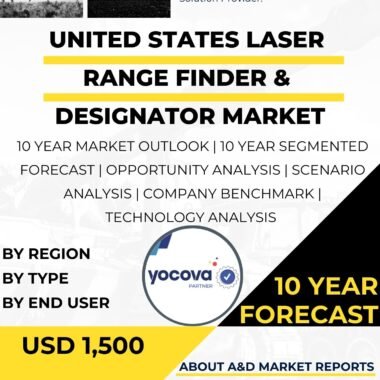Description
The demand for brass in the aerospace and defense industry in Malaysia is on a consistent upward trajectory, underlining the nation’s commitment to advancing its aerospace capabilities and bolstering its national security. Brass, an alloy primarily composed of copper and zinc, is valued for its unique combination of properties, including corrosion resistance, electrical conductivity, and malleability. These attributes make brass an essential material for crafting a diverse array of components used in aerospace and defense applications.
Within the aerospace sector, brass alloys are vital for manufacturing a wide range of components, such as connectors, fasteners, electrical terminals, and instrumentation. Malaysia’s burgeoning aerospace industry, marked by the growth of aircraft manufacturing and maintenance facilities, relies on brass components to ensure the reliable operation of aircraft systems. The corrosion resistance of brass is particularly advantageous in these applications, as it ensures the longevity and performance of critical aircraft parts.
In the defense industry, brass alloys find application in firearm and ammunition components, electrical connectors, and instrumentation. The electrical conductivity and malleability of brass make it an ideal material for electrical and electronic connectors, ensuring efficient signal transmission and connectivity in military equipment. Brass is also used in casings and shell components for small arms ammunition, contributing to its reliability and performance in the field.
The increasing demand for brass in the aerospace and defense industry reflects Malaysia’s strategic vision for technological self-reliance and defense modernization. The nation has made significant investments in research and development, including advancements in brass metallurgy and fabrication techniques. These efforts aim to strengthen the domestic supply chain for brass components, reducing reliance on imports and positioning Malaysia as a competitive player in the global aerospace and defense market.
Furthermore, Malaysia’s active participation in international collaborations and partnerships has facilitated technology transfer and knowledge exchange, further enhancing its expertise in utilizing brass for aerospace and defense applications. These collaborative efforts enable Malaysia to access cutting-edge brass-related technologies and methodologies, spurring innovation and competence development within its domestic industry.
In conclusion, the demand for brass in Malaysia’s aerospace and defense industry is steadily growing, driven by its unique material properties and the nation’s strategic aspirations. Brass’s corrosion resistance, electrical conductivity, and malleability make it an indispensable component in various aerospace and defense applications. Malaysia’s investments in research, development, and international collaborations underscore its commitment to achieving self-reliance and competitiveness in the global aerospace and defense market. The ongoing expansion of brass usage in these sectors not only contributes to technological advancement but also reinforces Malaysia’s capabilities in safeguarding national interests, security, and its aspirations for aerospace and defense excellence.




